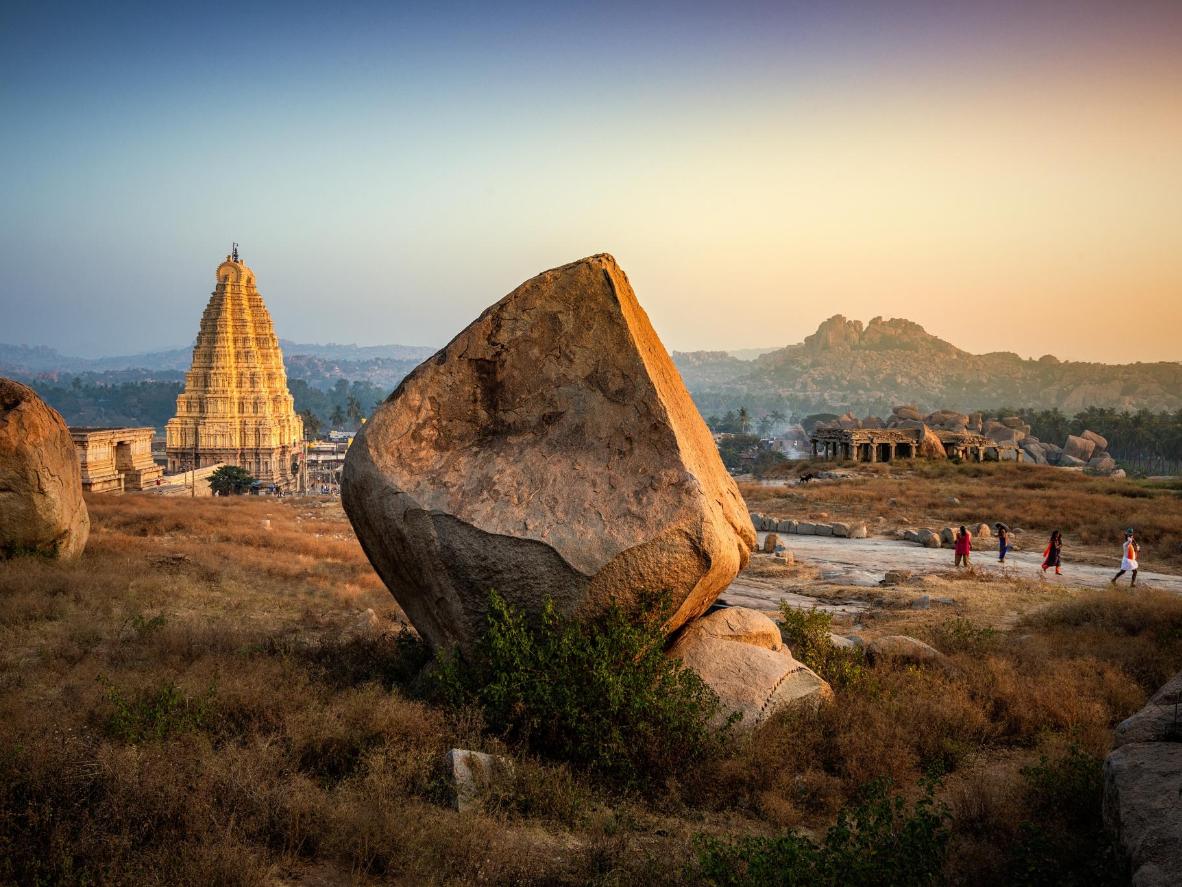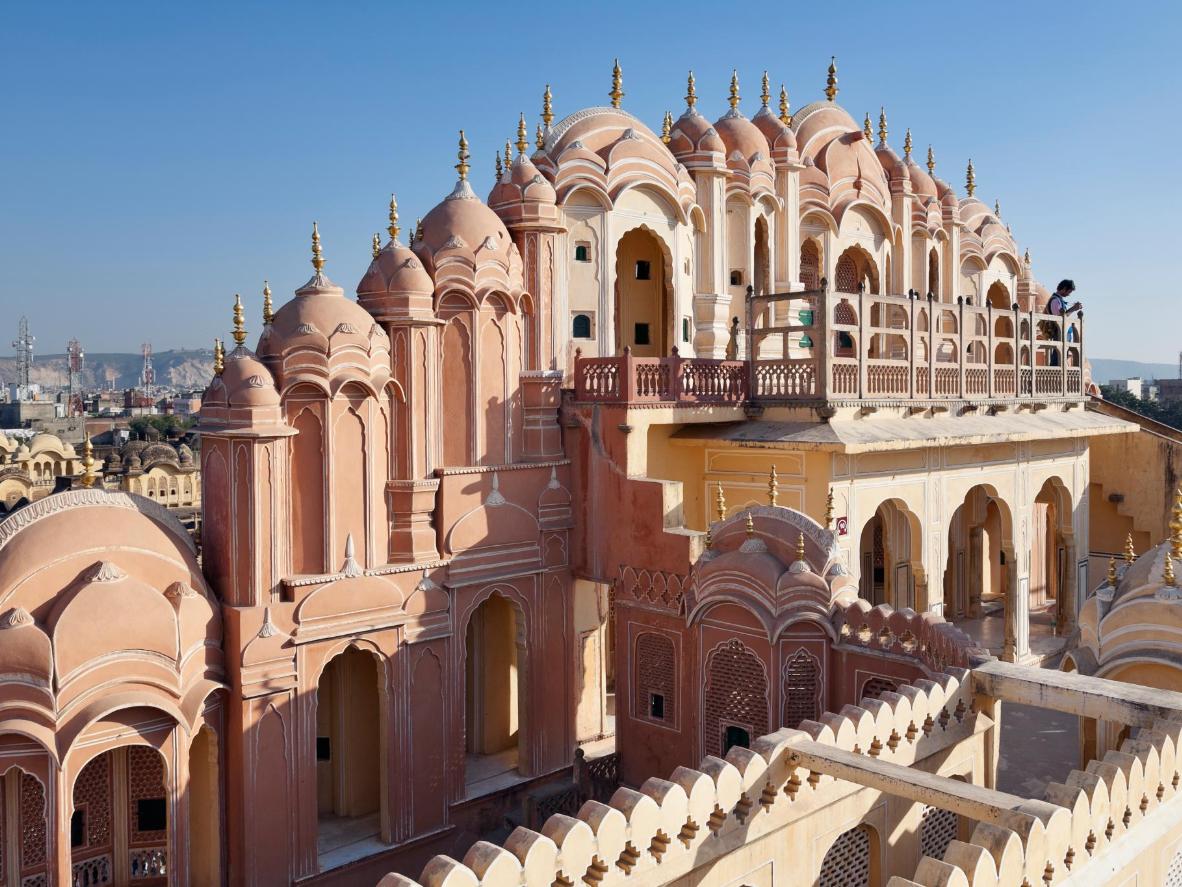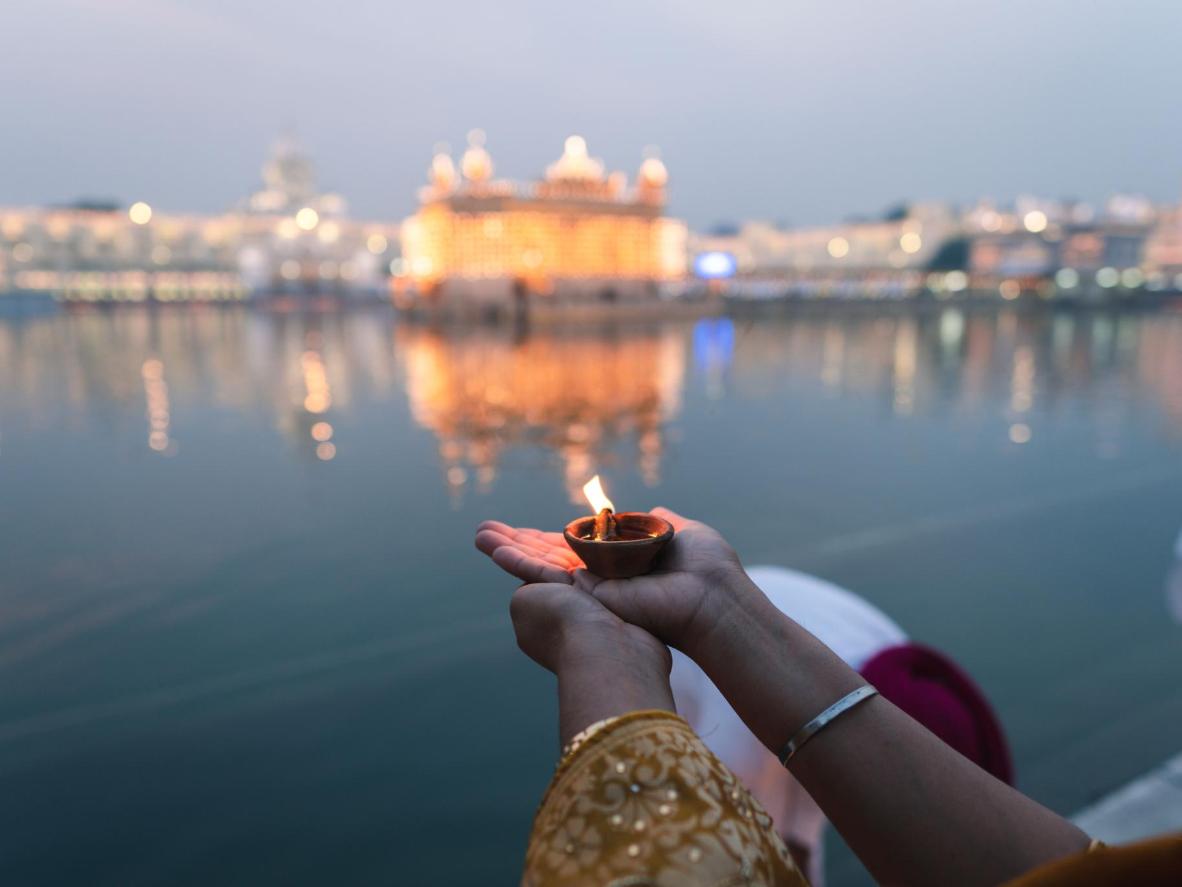7 incredible UNESCO World Heritage sites in India
In a country as culturally rich and geographically diverse as India, it’s not surprising that you’ll find the sixth largest number of UNESCO sites in the world.
We all know the Taj Mahal, one of the seven wonders of the world, but India has so much more when it comes to cultural and natural treasures. These range from ancient caves carved into steep gorges to the surreal landscape and remains of the Vijayanagara kingdom.
Here are seven of the country’s most fascinating UNESCO World Heritage sites that embody much of what’s so incredible about India.
Hampi, Karnataka

In the heart of south India’s Karnataka state, the landscape around the ancient village of Hampi is so surreal, it feels like another planet entirely. Banana palms and plains of lime-green rice paddies contrast with the reddish hue of gigantic boulders scattered across the rolling landscape.
These naturally eroded stones perch precariously in clusters and stacks like crumbling sculptures on hilltops that serve as vantage points for mesmerizing sunsets. But most significantly, Hampi was home to the 14th-century Vijayanagara kingdom and has over 1,600 remains of temples, forts, and other UNESCO-listed monuments.
Book a guided tour or rent a bike and spend days exploring solo. There’s a lot to see, but the most famous sights include Virupaksha Temple, Vitthala Temple, and Monkey Temple. Visit in November during Hampi Utsav (a huge cultural festival) for added excitement. Stay at a charming Hampi homestay, Banana Farm House.
Varanasi, Uttar Pradesh

Varanasi is one of the world’s oldest continually inhabited cities and India’s most sacred places, lying on the holy Ganges River in northern India. This historical and spiritual importance lends Varanasi a powerful quality, best appreciated at dawn or sunset boat ride.
You’ll see flower garlands float across the water and smoke rise from the ghats (riverfront steps) as the daily public cremations begin. Varanasi is the spiritual home of India's sadhus – holy men who have renounced all worldly possessions. The ghats are filled with devout Hindus taking ritualistic baths in the holy water and funeral pyres where bodies are cremated in sacred eternal fires.
For a particularly unforgettable spectacle, visit during the Dev Deepawali festival. It takes place on the full moon night 15 days after Diwali (between late October and November) and sees more than a million earthen lamps (diyas) lit on the steps leading down to the water. Stay at Brijrama Palace, a heritage boutique hotel by the Ganges.
Konark, Odisha

In the state of Odisha on the coast facing the Bay of Bengal, you’ll find India’s ethereal, 13th-century Konark Sun Temple.
This celebrated UNESCO site is dedicated to the Hindu Sun God, Surya, and is built in the form of his vast chariot. Admire the twelve pairs of stone wheels drawn by seven stone horses, depicted in ornate carvings and indicating the time of day according to the sun’s rays.
If you’re lucky enough to visit in December, you’ll witness the Konark Dance Festival, a colorful showcase of India’s cultural wealth. Stay at Mayfair Waves, under an hour drive from the temple.
Delhi, NCR

The capital of India features an abundance of historical sites, but its three must-see heritage treasures are the Red Fort, Humayun’s Tomb, and Qutb Minar.
Wander the grounds of the Red Fort (“Lal Qila”) to admire its grand red sandstone walls, commissioned by the Mughal emperor Shah Jahan in 1639. Then visit the magnificent mausoleum, Humayun’s Tomb (“Maqbara e Humayun”). Its massive double dome is clad in marble and red sandstone and stands majestically amid symmetrical gardens.
Finally, the beautiful 13th-century Qutb Minar, which was built for the Muezzin (the crier) to call Muslims to prayer, is the tallest brick minaret in the world. Stay close to the Red Fort at Haveli Dharampura, a UNESCO-awarded boutique heritage hotel.
Aurangabad, Maharashtra

Northeast of the city of Aurangabad in the hills of Maharashtra, the Ajanta Caves are a series of spectacular Buddhist temples carved into the sides of a steep granite gorge. Many of these caves date back to the 5th century AD and are prized for their sculptures, murals, and frescoes depicting Buddhist teachings.
These stories are illustrated in gorgeous detail and are seen as some of the finest surviving examples of ancient Indian art. Meanwhile, just a 2.5-hour drive away, you’ll find even more ancient architectural splendor in the form of the Ellora Caves, one of the largest rock-cut Hindu temple complexes in the world.
With artwork that dates from between AD 600 and 1000, these caves were devoted to Buddhism, Hinduism, and Jainism, illustrating a spirit of tolerance that was characteristic of ancient India. Stay at the elegant Vivanta Aurangabad.
Jaipur, Rajasthan

The walled city of Jaipur is the capital of—and gateway to—the state of Rajasthan, but it’s a wonder in and of itself.
It’s a UNESCO World Heritage site, nicknamed India’s Pink City for the magical dusty pink hue of its sandstone buildings. Once a historical center of Indian trade, these days you can expect an exuberant medley of aromatic street food, markets selling fine cloth and artisanal items, and plenty of forts and palaces.
Visit the famous Hawa Mahal, a palace built in 1799 with a stunningly intricate, honeycomb-like pink facade. Or climb the edge of the Aravalli Hills to the 18th-century Nahargarh Fort for a breathtaking panorama of the city. Stay at urban Jaipur retreat, Magpie Villa.
Amritsar, Punjab

In the northern Indian state of Punjab, the city of Amritsar lays claim to the Golden Temple – the holiest site in Sikhism. Although it’s still on the Tentative List for UNESCO status, there’s a spellbinding, poetic beauty to this place.
Appearing to float on an artificial lake, the central building of the complex is covered with 1653 lbs of gold, thanks to a flamboyant maharajah in the early 19th century. Take off your shoes at the entrance and walk along the marble promenade while people pray at the water’s edge. You can also join pilgrims in the langar (the world’s largest free kitchen). Designed to uphold the principle of equality by feeding all castes, religions, and genders, it serves free food for up to 300,000 people per day.
Visit in November for the Sikh Gurpurab festival and see the temple decorated with lights. Devotees also light candles to mark this special day – the birthday of Guru Nanak, founder and first Guru of Sikhism. Stay at Country Inn Hall of Heritage, Amritsar.
Whether you’re scrolling or strolling through these awe-inspiring sites, complete your sensory experience with this playlist of Indian tracks.